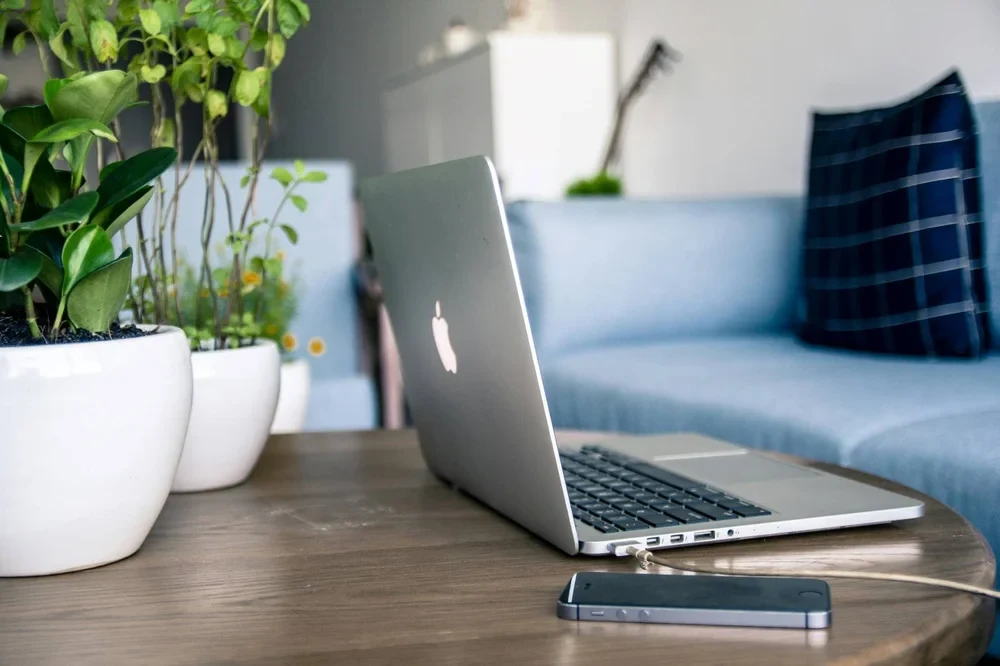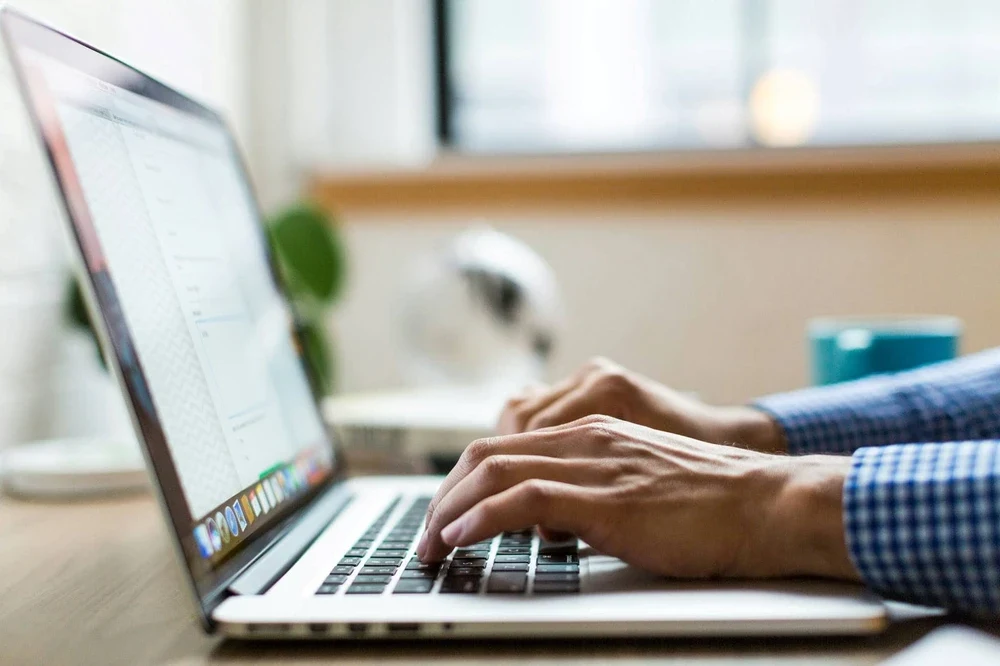High-end GPUs, lightning-fast processors, and advanced cooling systems all come at a cost to you—battery life. With the power demands of modern hardware, how long should you realistically expect your gaming laptop battery to last?
A gaming laptop’s battery life typically ranges from three to five hours, contingent upon usage and configuration. Now imagine being deeply immersed in the open world of Cyberpunk 2077, only to be interrupted by the dreaded low battery alert. Of course, it is frustrating.
But while this may appear to be a compromise, there are proven methods to prolong your gaming laptop’s battery life. In this post, we’ll look at practical methods to keep you engrossed in your game for longer and prevent frequent power outages, while you retain optimal performance from your gadget.
1. Adjust Power Settings
Here are some tips on how to make your gaming laptop’s battery last longer:
Optimizing your power settings is a crucial step in prolonging battery life. Use the power management options in your operating system to reduce performance when it’s not needed.
This is especially significant for models with Intel’s 11th Gen processors, such as the Lenovo Ideapad Gaming 3 laptop. The high-end processors have advanced power management features that can dynamically adjust performance, allowing you to conserve energy without significantly impacting gameplay.
2. Lower Screen Brightness
It takes a lot of power to produce light. While it sounds simple, lowering your screen brightness can extend battery life considerably with no drastic effect on your gaming experience. Reduce screen brightness by using the function keys or via your laptop’s display settings.
3. Close Unnecessary Programs
Keeping several apps open in the background drains battery life. More compute, more power consumption. For instance, streaming music on Spotify while gaming or leaving your Chrome tabs open while gaming is not a great idea. Close unused apps to save power and preserve battery health.
A great source of truth for background activities is your Task Manager (or Activity Monitor on Mac). Use it to identify apps and “Run on startup apps” to terminate unnecessary processes. Later in the article, I will elaborate on the latter.
4. Update Drivers and Software
Keeping your drivers and software up to date ensures that your laptop runs efficiently. Updates often include optimizations that can help improve battery performance and overall system stability.
A typical example is NVIDIA’s GeForce Experience software, which regularly provides updates that optimize battery life for laptops like the Lenovo Legion, equipped with high-performance GPUs.
You can also use your device manager to check for driver updates or visit the manufacturer’s website.
Downloading and installing vital tools for battery management, performance monitoring, and system updates can significantly improve your laptop’s performance and overall experience. Refer to our on how to download apps on your laptop to get started.
5. Manage Startup Programs
Limit the number of programs that start automatically when you boot your laptop. This reduces the initial load on your system and saves battery power right from startup. Programs such as Adobe Creative Cloud or Microsoft Teams are primary culprits for many in this regard.
For even better results, as mentioned earlier, closing unnecessary programs throughout your session will keep your system running smoothly and efficiently.
6. Use Battery Saver Mode

Most laptops have a battery saver mode that limits background activity and optimizes settings for longer battery life. Activate this mode during casual use to maximize battery efficiency.
When playing turn-based games like Civilization VI which doesn’t require real-time responses, this mode can be particularly useful. Laptops like the Asus ROG Strix G16 come with pre-installed software that makes switching battery saver mode easy.
7. Disable Wi-Fi and Bluetooth
If you’re gaming offline, disabling Wi-Fi and Bluetooth can help conserve battery power. These features consume energy even when not actively in use. This comes in handy when you are using a wired gaming mouse and keyboard which eliminates the need for Bluetooth connectivity.
Turn off Wi-Fi and Bluetooth through settings or with dedicated keys when not needed.
8. Reduce Gaming Settings
Lowering in-game graphics settings can reduce the strain on your GPU and CPU, leading to less power consumption and extended battery life. This is particularly useful when gaming on the go.
For instance, lowering the resolution and turning off anti-aliasing in demanding games like Call of Duty can make a significant difference.
9. Unplug External Devices
External devices like USB drives and peripherals draw power from your laptop. Unplug devices like external hard drives when not in use to minimize unnecessary battery drain. This simple step can prevent unnecessary battery drain and will prevent your laptop from overworking.
Users with multiple-port laptops, like the Lenovo Ideapad Gaming 3, can benefit greatly from this practice.
10. Keep Your Laptop Cool
Overheating can significantly affect battery performance. Ensure your laptop is well-ventilated and consider using a cooling pad. This not only extends battery life but also helps maintain optimal performance.
However, Laptops with advanced cooling systems like the Asus TUF gaming are designed to stay cool under heavy loads.
Summary
Do gaming laptops have bad battery life? is a question that many ask. The hardware and usage have a major impact on the response. High-performance parts like potent GPUs and CPUs that draw a lot of power are built into gaming laptops. In comparison to regular laptops, this frequently leads to shorter battery life.
However, you can greatly increase a gaming laptop’s battery life and improve its efficiency for both gaming and daily usage by implementing all of the tips mentioned above.
Frequently Asked Questions
How can I check my gaming laptop’s battery health?
You can check your battery health through the system settings or by using third-party applications like BatteryInfoView or HWMonitor that provide detailed battery information and health status.
Can I use my gaming laptop while charging?
Using your laptop for demanding tasks, such as gaming or video editing, while it’s charging can generate excessive heat, putting additional stress on the battery.
If you need to use your laptop while it’s charging, stick to less demanding tasks like light photo editing to minimize heat generation or make use of cooling pads to address this issue.
How often should I calibrate my laptop’s battery?
Calibrating your laptop’s battery every few months can help maintain accurate battery readings and ensure optimal performance. To do this, let the battery run from 100% straight down to almost dead, and then charge it back to full.
The battery’s power meter will see how long the battery actually lasts and get a more accurate idea of how much capacity the battery has left. With all laptops, you should perform this procedure when you first use your computer and then every few months thereafter.
By implementing these strategies, you’ll not only improve battery life but also enhance your overall gaming experience. And if you’re looking to buy online gaming laptops, you can check us out for a curated list of top gaming laptops that offer superior battery life and high-end specifications.




